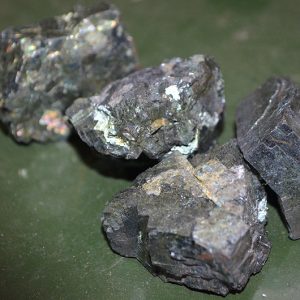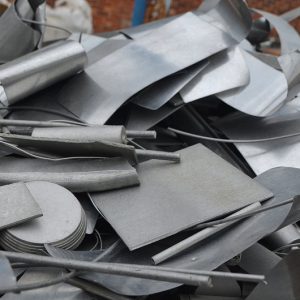NICKEL ALLOYS
Nickel alloys, also called nickel-based alloys, consist, as the name implies, of nickel as the main constituent and at least one other chemical element. They are produced by means of a melting process.
Depending on the admixture of an element, they have various physical properties such as, for example
- a controlled thermal expansion,
- special magnetic properties,
- electrical resistance etc.
In addition, these alloys generally have good corrosion and/or high temperature resistance.
The following nickel alloys are commonly used:
- low-alloyed (nickel content of up to 99.9%)
- nickel-chrom
- nickel-chrome-cobalt
- nickel-iron
- nickel-iron-chrome
- nickel-copper
- nickel-molybdenum-chrome
Almost all nickel alloys are classified according to international standards.
Applications for nickel materials:
- in the automotive industry (catalysts and valves)
- in the chemical industry (chemical reactors, boilers, pumps, valves and heat exchangers)
- in power generation (power plant generators)
- in aviation (fasteners, engines and turbines)
- in oil and gas extraction (drilling tools)
- Environmental protection and waste management (flue gas desulphurisation plants, waste incineration plants)
- electronic and household applications (electronic circuits, computer manufacturing, kitchen appliances, cookers)






Reviews
There are no reviews yet.